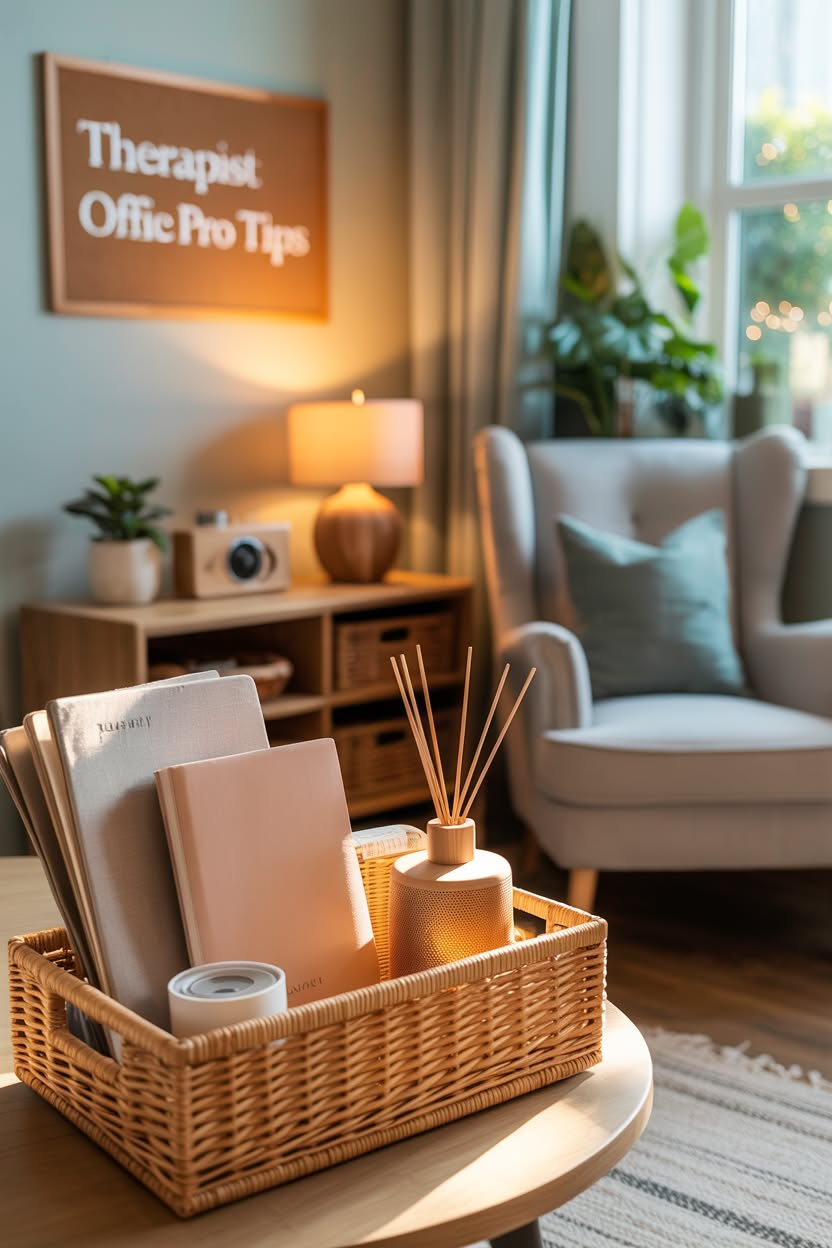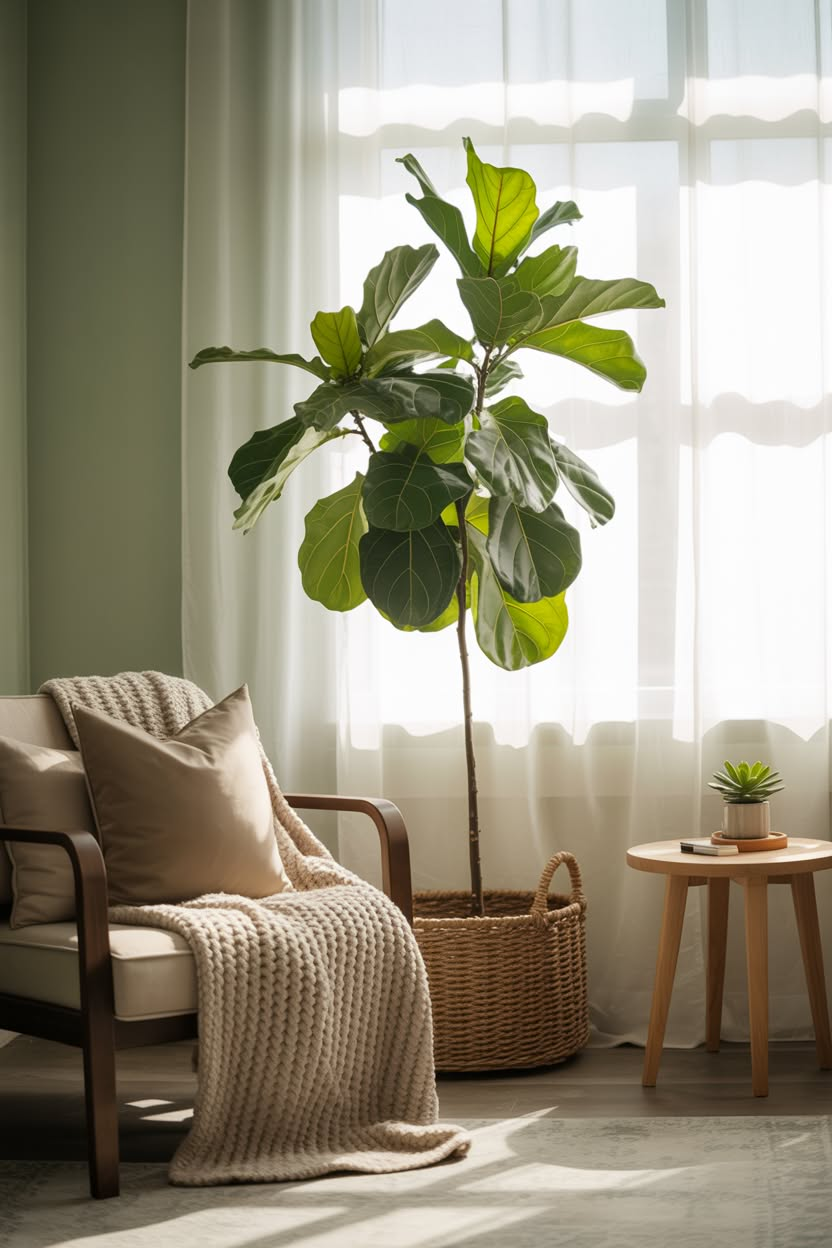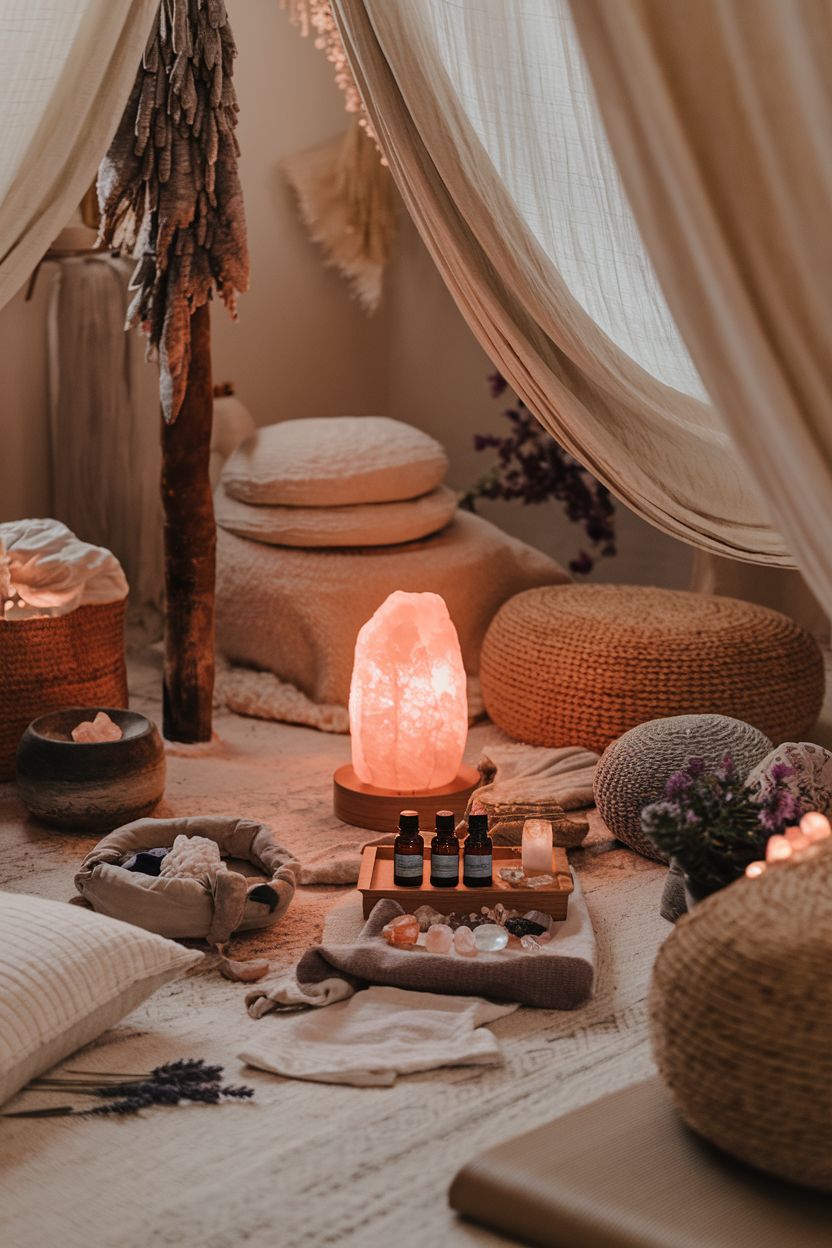How to Design a Therapy Room that Calms and Inspires
Your therapy room is more than just four walls—it’s the quiet container for deep transformation. It’s where your clients exhale, where you hold space for their stories, and where healing finds room to unfold. When your environment feels calm and alive with intention, it becomes an extension of your mission as a healer. Every detail you add—from the gentle light filtering in, to the texture of your rug underfoot—tells a story of care and presence. Today, let’s explore how to shape this space with love, so it can nourish you and those you serve.
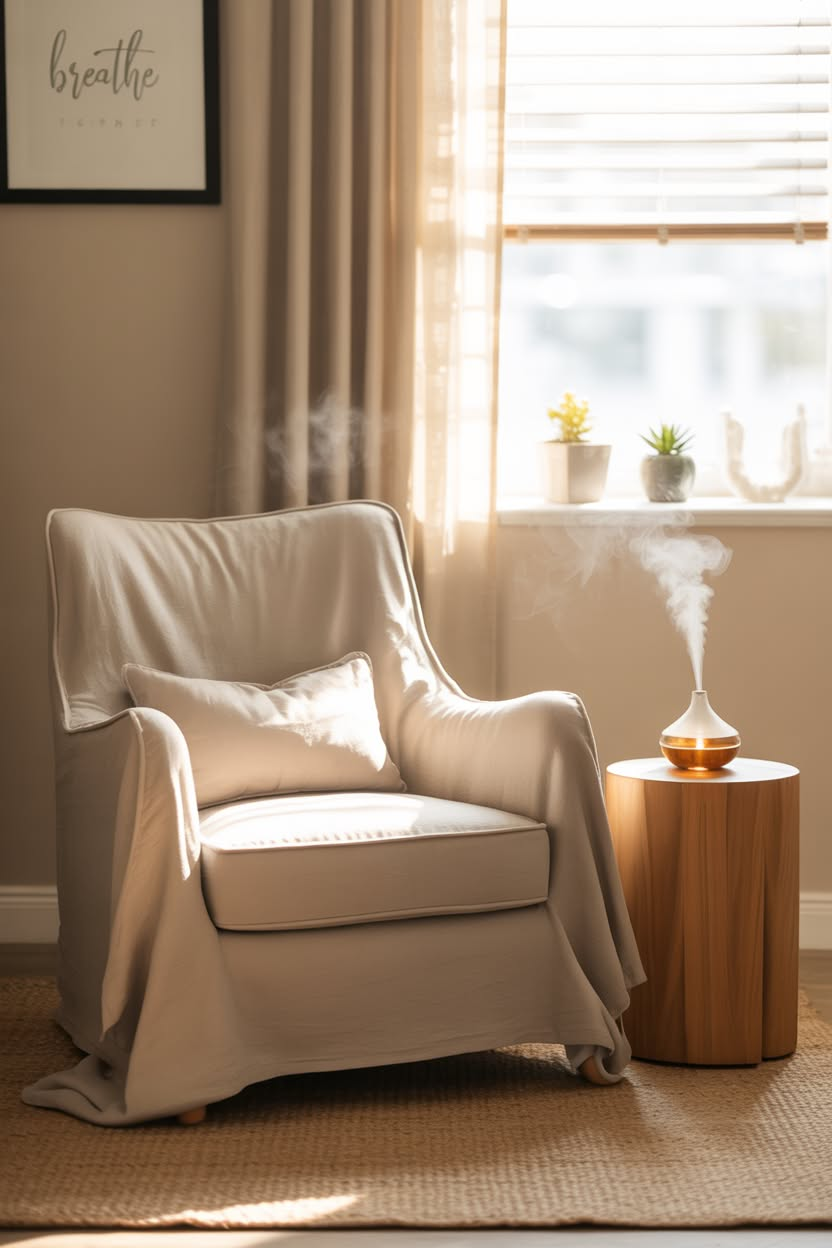
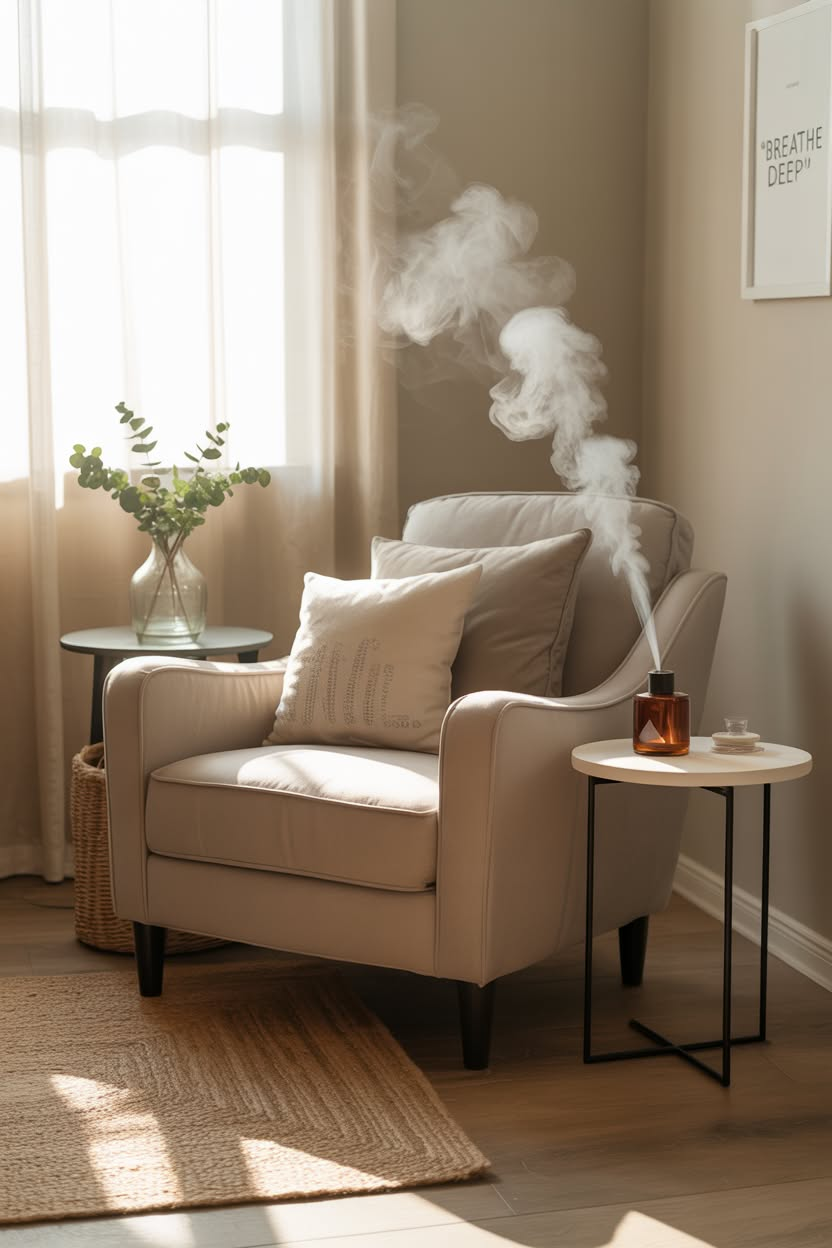
Embrace a Soothing Color Palette
Colors have the power to shape mood, energy, and focus—making them essential in your therapy room. Start by reflecting on how you want clients to feel when they enter. Soft, natural tones tend to create a feeling of ease and spaciousness.
Why this matters:For healers, gentle hues like warm whites, muted greens, and earth-inspired neutrals can create a sense of calm that invites people to open up. These colors also help you, as the healer, stay centered and present.
Actionable tips:
Choose paint colors that mimic nature: think soft sage, sand, or warm clay.
If you’re renting or can’t repaint, bring in these hues through throws, rugs, and art.
Avoid harsh contrasts or bright, jarring colors that might feel overstimulating.
Layer tones within the same color family to create depth and harmony.
Budget-friendly idea:Repaint just one accent wall to add warmth, or use removable wallpaper in soft patterns.
Small reflection:When you sit in your therapy room, how does the color make you feel? Do you feel at ease, held, and ready to listen? Let your walls be an ally in your mission.
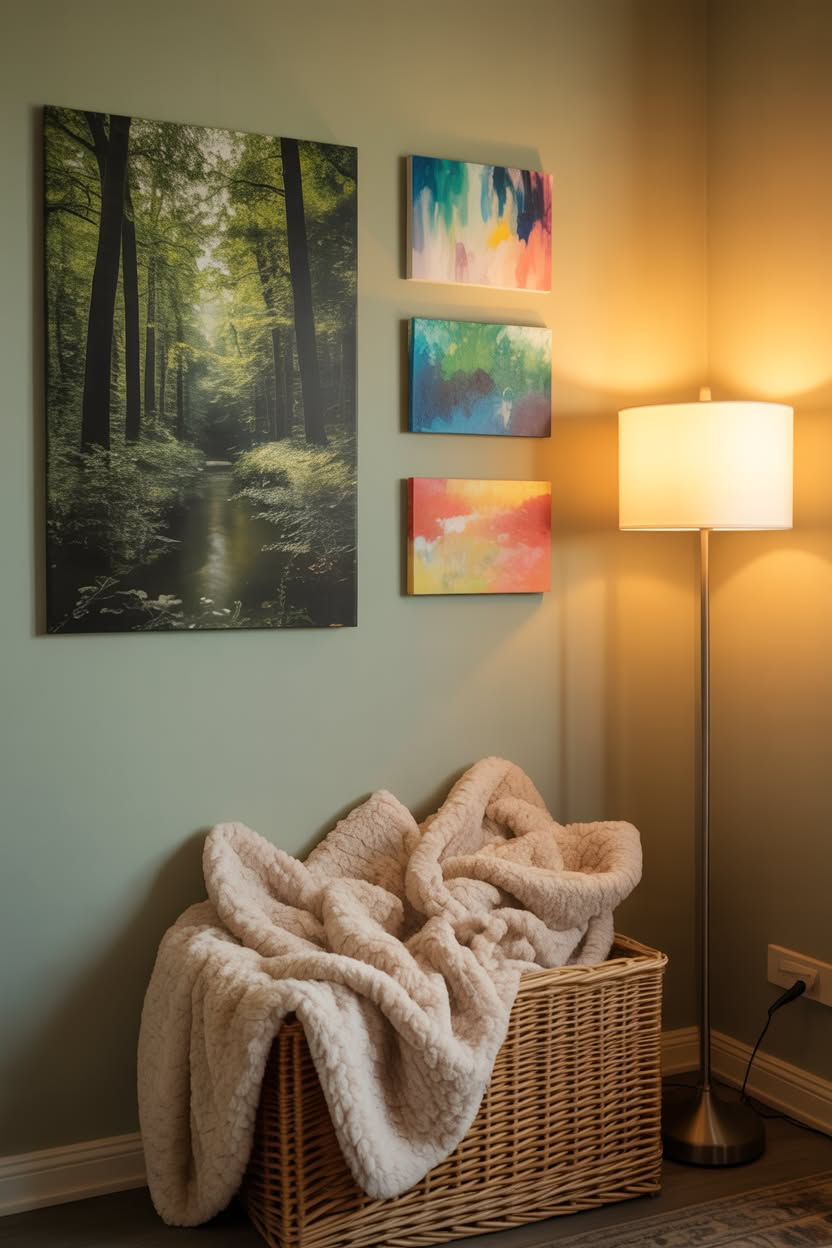
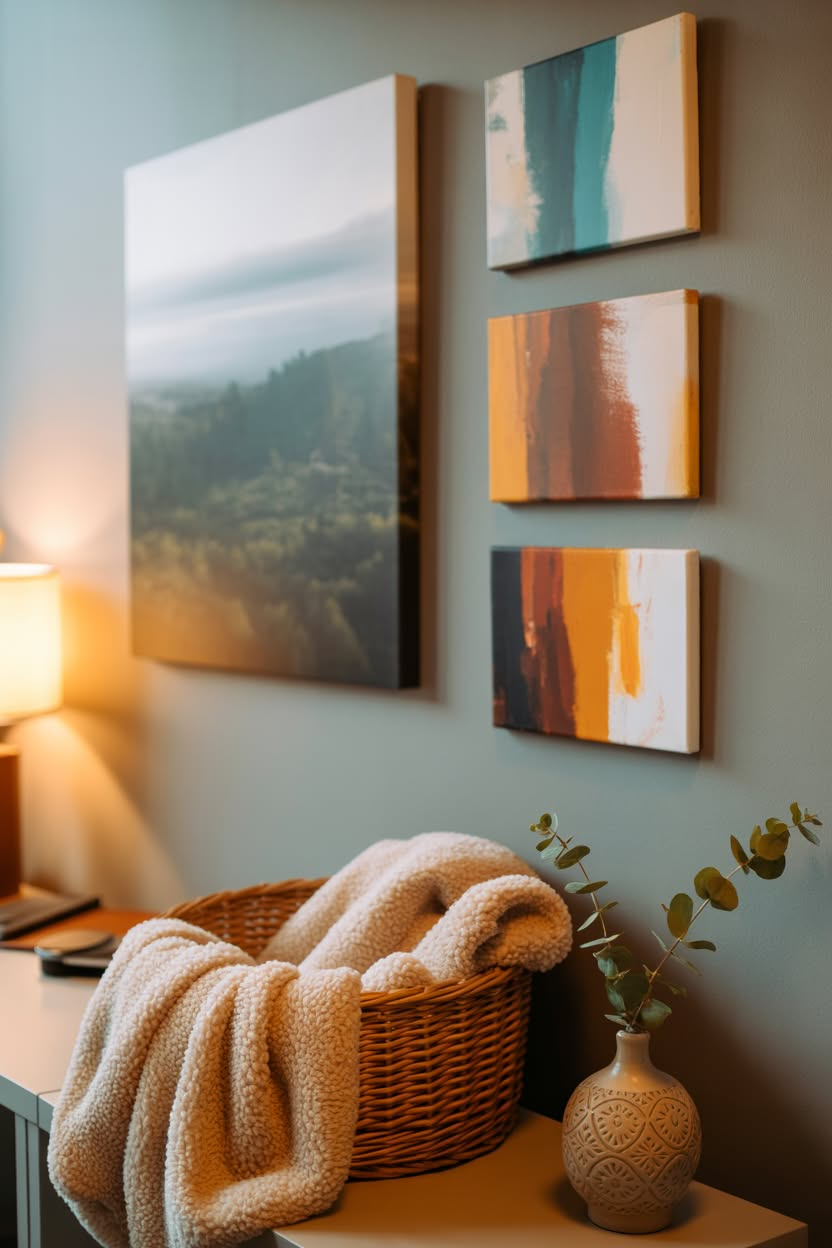
Let Natural Light Work Its Magic
There’s a quiet magic in natural light—it softens the space, reveals textures, and brings an organic rhythm to your sessions. For healers, working with natural light can help you and your clients feel more connected to the present moment.
Why this matters:Light shapes mood. Bright spaces can energize and lift spirits, while soft light can soothe and invite introspection.
Actionable tips:
If you have windows, keep them uncluttered to let in as much natural light as possible.
Use sheer curtains to diffuse harsh midday sun, creating a gentle glow.
For windowless spaces, mimic natural light with warm white bulbs in floor lamps or pendant lights.
Use mirrors to bounce light around the room and create a sense of spaciousness.
Budget-friendly idea:A simple mirror from a thrift shop can work wonders to reflect light and open up your space.
Small reflection:Notice how the light changes throughout the day. Morning light can bring hope, afternoon light can feel soft and reflective. Let your therapy room be in tune with this gentle dance.
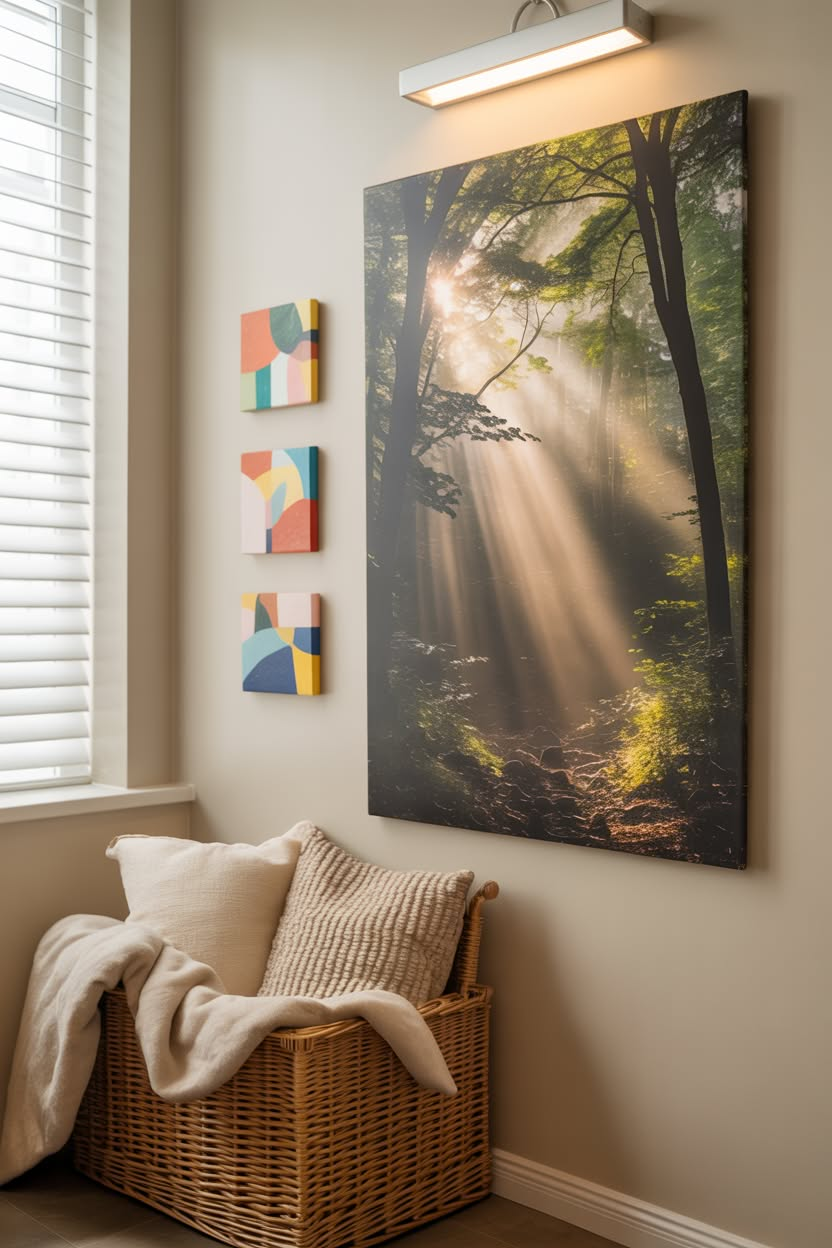

Curate Comfort with Natural Textures
Textures bring life and dimension to your therapy room, wrapping your clients in a sense of grounded comfort. Natural fibers and organic materials can create a feeling of safety and warmth—like being held by the earth itself.
Why this matters:For healers, tactile comfort matters. It’s the soft rug beneath bare feet, the smooth wood of a chair arm, the cozy knit of a blanket. These touches anchor the body and calm the nervous system.
Actionable tips:
Choose wool or cotton rugs that feel good underfoot.
Add a cozy throw in a natural fiber (cotton, linen, or wool) to your main chair or couch.
Incorporate wooden or rattan accents for an organic, calming feel.
Layer textures—a jute rug under a woven basket, a linen pillow against a cotton chair—to create richness.
Budget-friendly idea:Shop secondhand for these natural materials—a pre-loved wool blanket or a rattan chair can bring beautiful character without the price tag.
Small reflection:Run your hands along the textures in your room. Do they invite touch? Do they feel grounding? Let these quiet details support your presence.
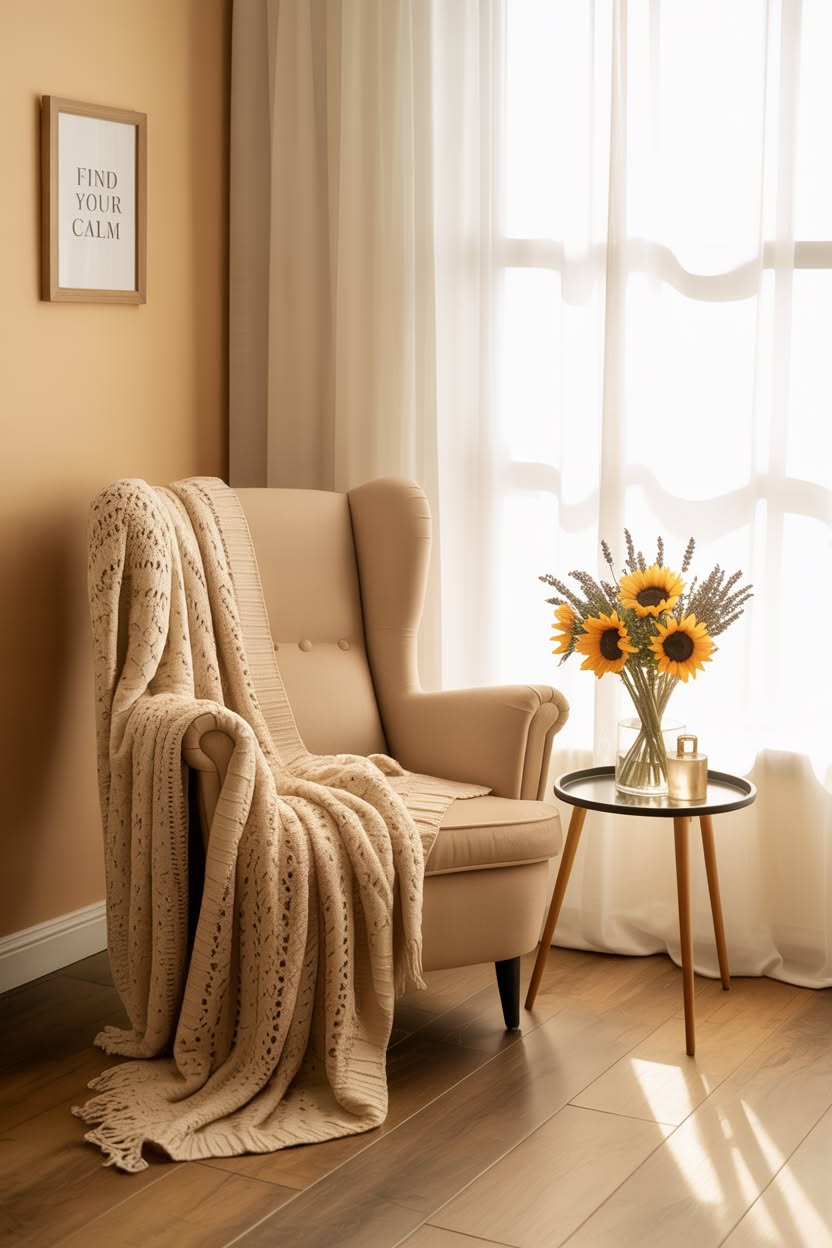
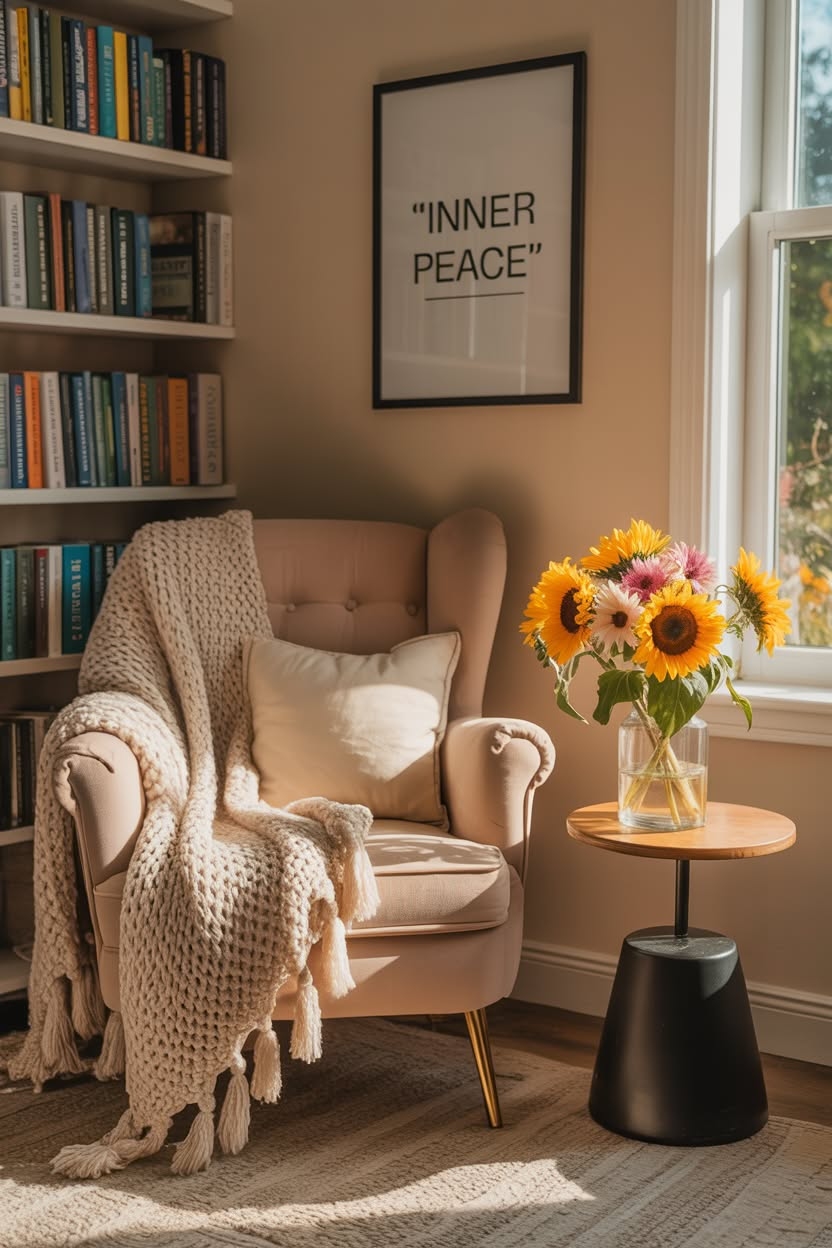
Create Flow and Openness
The layout of your therapy room shapes how energy moves. A space that feels open and easy to navigate can help your clients relax and feel safe—it signals that there’s room to breathe and be.
Why this matters:For healers, flow in your space mirrors the flow in your work—it invites trust and presence.
Actionable tips:
Arrange furniture so that there’s a clear path from the entrance to your main seating area.
Avoid crowding the space with too many pieces—let it feel spacious and uncluttered.
Use round or oval coffee tables to soften angles and create a welcoming flow.
Position chairs so they encourage gentle eye contact, rather than feeling confrontational.
Budget-friendly idea:If you have too much furniture, consider storing or donating what isn’t needed. A simpler room often feels more nurturing.
Small reflection:Stand at the entrance and notice how the room feels. Does it invite you in? Does it feel like there’s enough space to settle and let go?
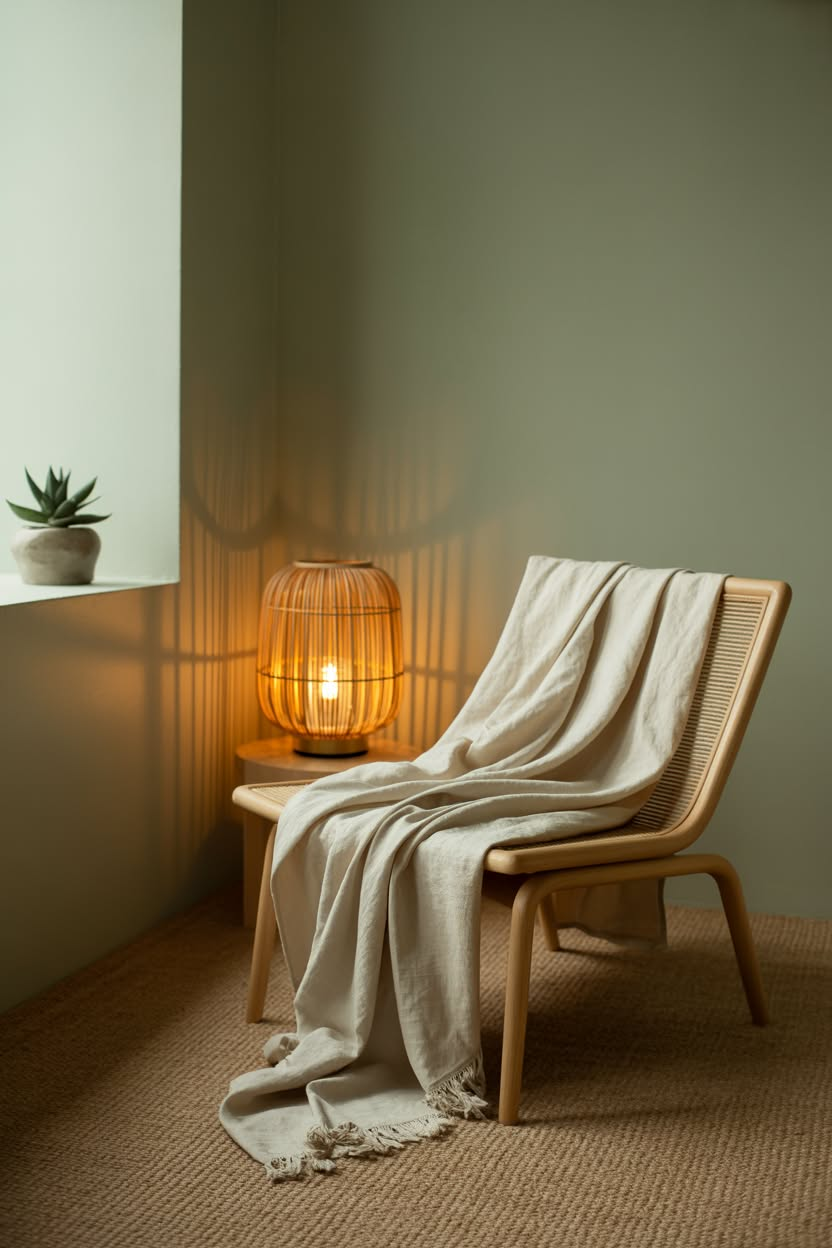
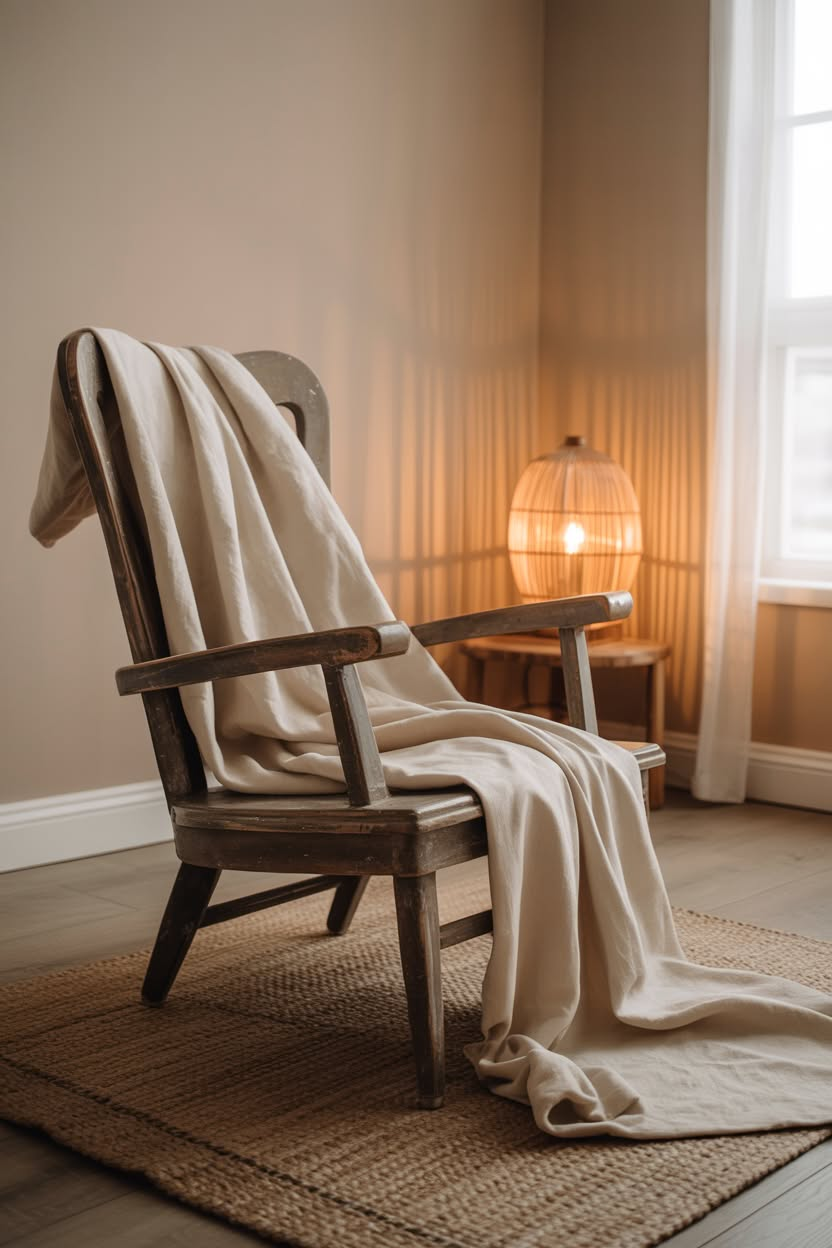
Add Personal Touches and Meaningful Objects
Your therapy room is a reflection of you—your values, your warmth, and your invitation to others. Personal touches can infuse your space with authenticity and connection.
Why this matters:For healers, your personal energy is part of the work. Objects that resonate with you can subtly transmit care and presence to those you work with.
Actionable tips:
Display a few meaningful items: a stone or crystal you love, a small statue that reflects your practice, or an artwork that soothes your spirit.
Bring in a plant or a vase of fresh flowers to add life and a gentle sense of growth.
Use a scent you love—perhaps a diffuser with lavender or a candle with earthy notes—to create a multi-sensory experience.
Budget-friendly idea:You don’t need to fill every corner. One or two objects that feel truly meaningful can be enough.
Small reflection:Look around your room. Which object tells your story best? How might you highlight it so it speaks to those who enter?
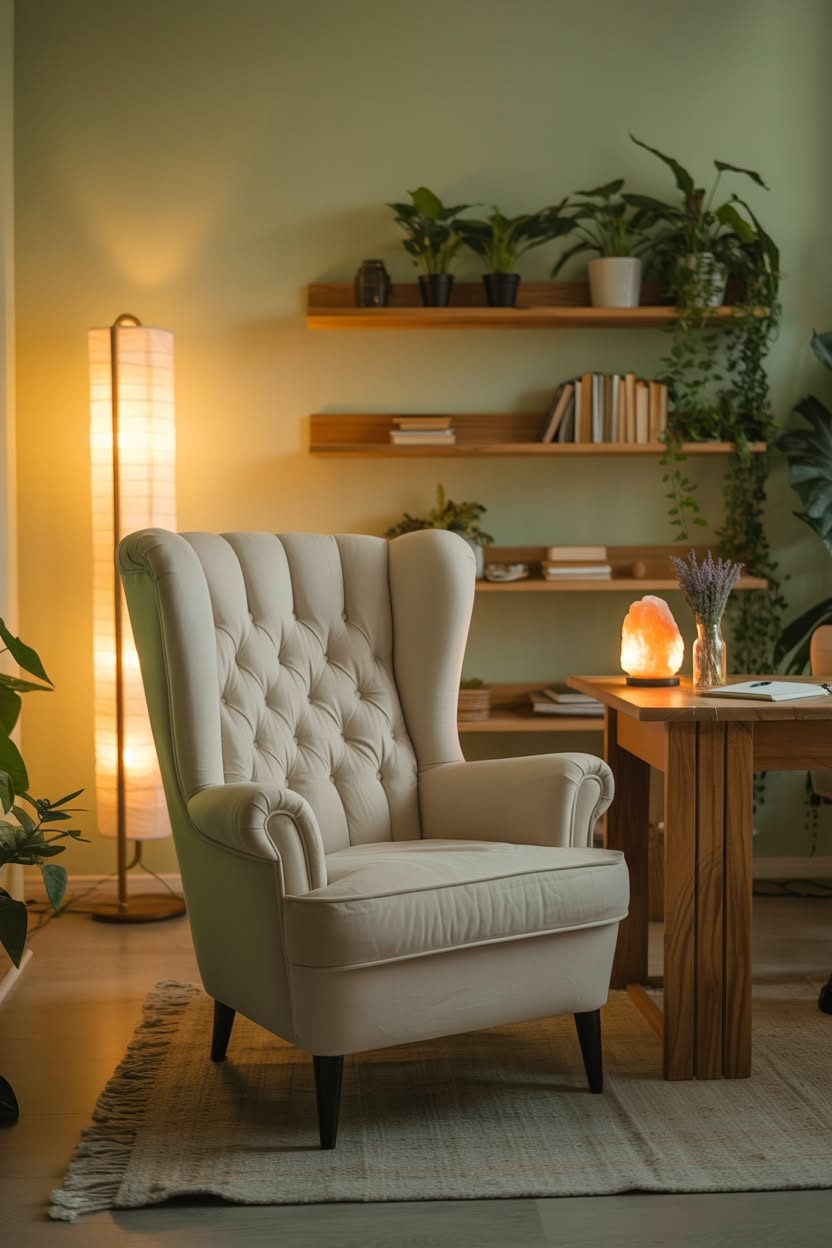
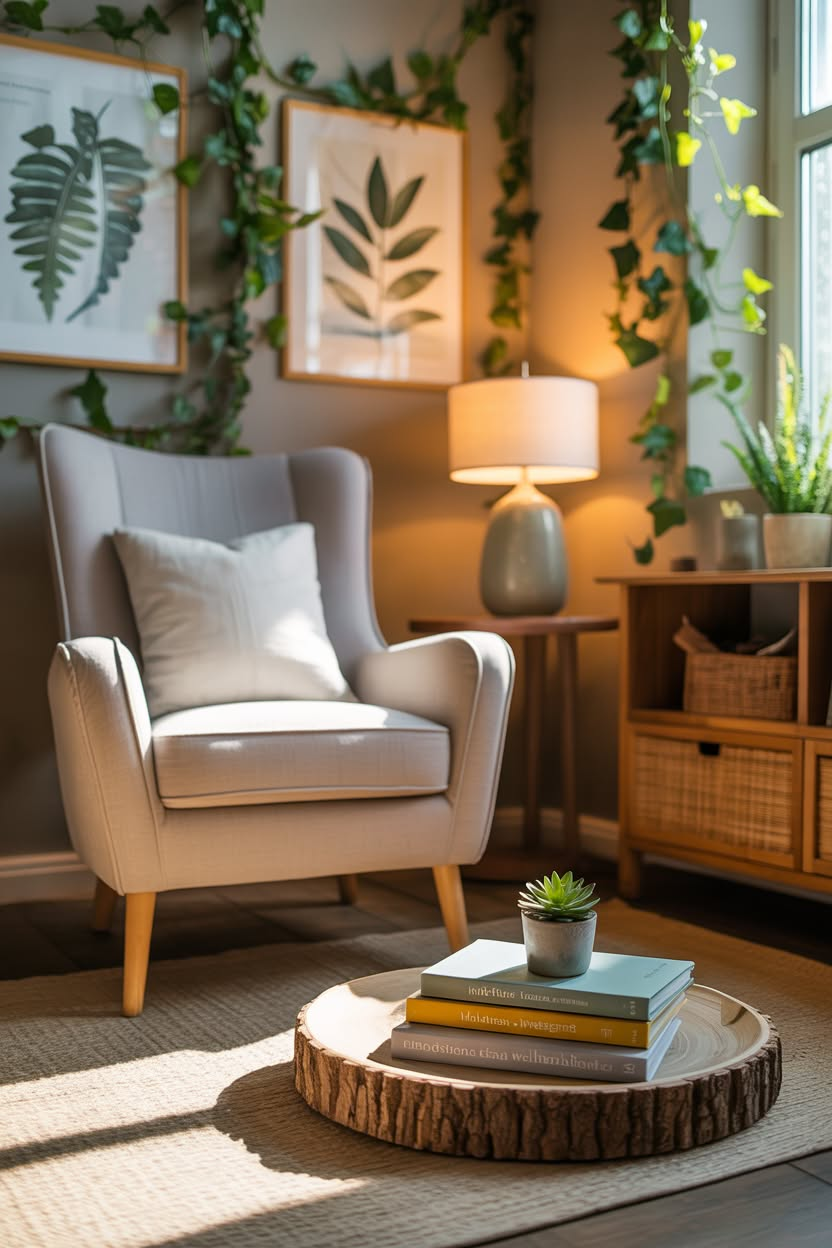
- Soundscapes and the Power of Quiet
Sound can shape the energy of a room as much as color and light. In your therapy room, creating a soundscape that soothes and quiets the mind can deepen the sense of calm and focus.
Why this matters:For healers, a calm auditory environment helps clients drop in more easily—reducing outside noise and enhancing the sense of a private, sacred space.
Actionable tips:
Use a white noise machine or a gentle playlist of instrumental music to mask disruptive sounds.
Keep windows closed if outside noise is distracting, or layer in soft nature sounds.
Choose materials that absorb sound (like thick rugs and curtains) to reduce echoes and create a cocoon-like feel.
Budget-friendly idea:There are many free nature-sound playlists online that can help you create the right atmosphere without spending extra.
Small reflection:Take a moment of stillness in your space. What do you hear? Can you soften the soundscape to feel more like a retreat?
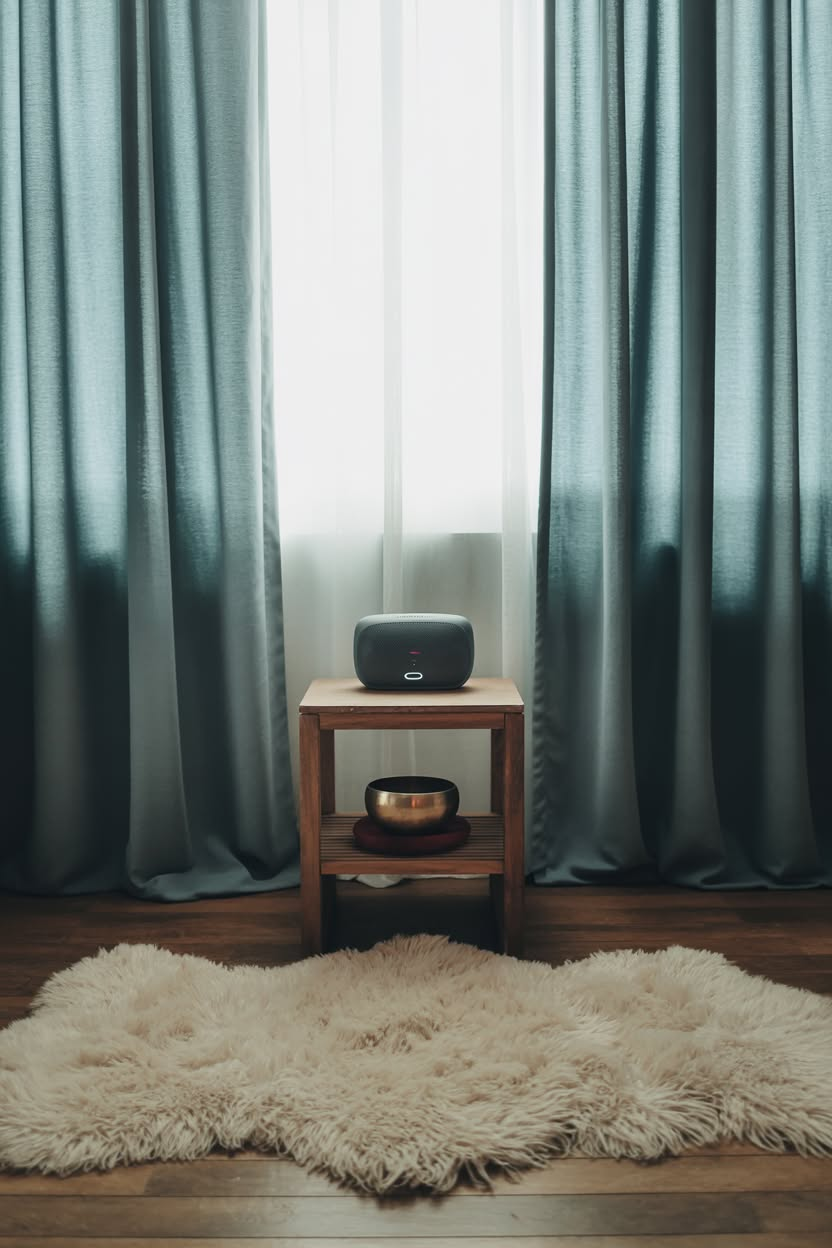
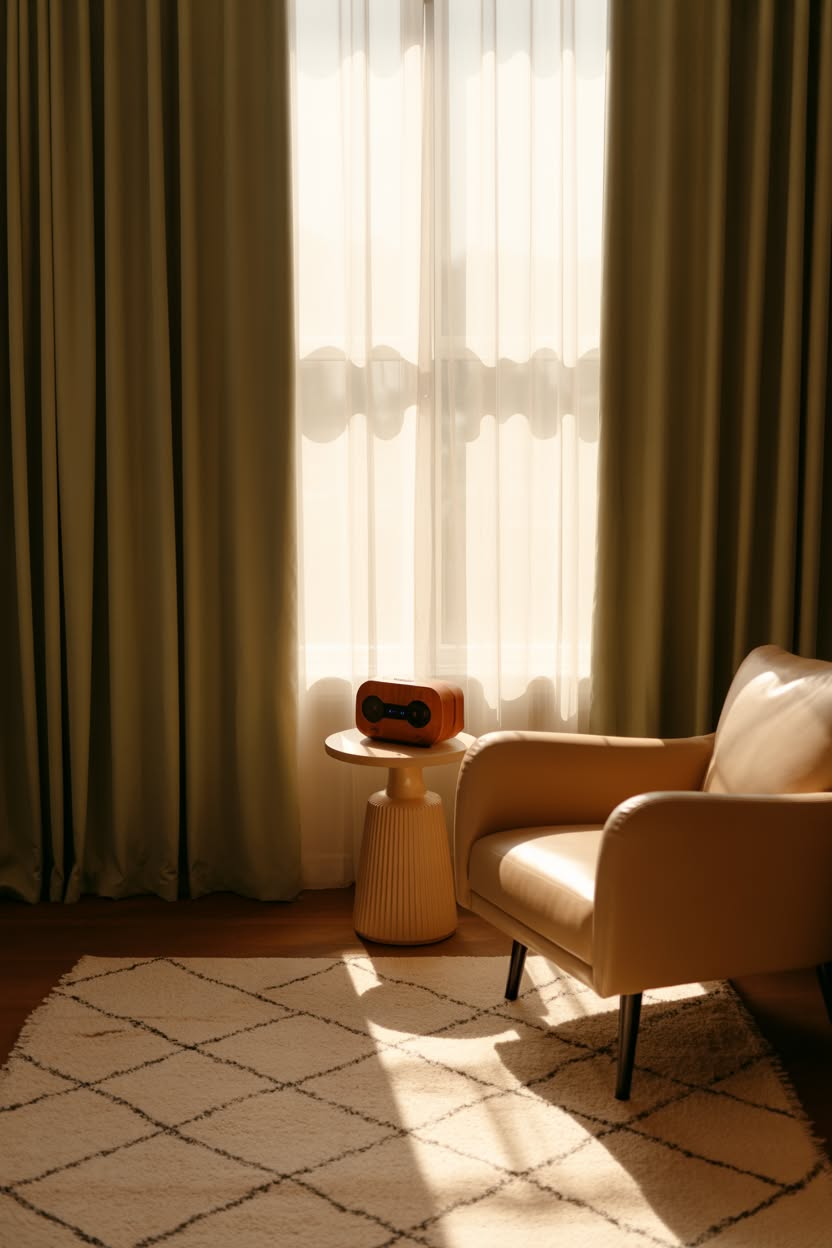
Lighting the Space with Intention
Beyond natural light, the way you light your therapy room can create warmth and safety. Layered lighting—soft lamps, candles, and dimmable fixtures—can help you shape the mood to match your sessions.
Why this matters:For healers, lighting is a subtle guide: it can invite openness, comfort, and even a touch of ritual to each session.
Actionable tips:
Use warm light bulbs (not too bright, not too harsh) to create a cozy feel.
Add a small table lamp or floor lamp to highlight a corner and create a layered glow.
Avoid overhead fluorescent lights if possible—they can feel cold and impersonal.
Candles (real or flameless) can add a gentle flicker that soothes the nervous system.
Budget-friendly idea:Thrifted lamps with new, warm bulbs can be an affordable way to transform your lighting without overspending.
Small reflection:At the end of a session, notice how the light feels. Does it cradle the room in warmth? Does it invite both you and your clients to soften and be present?
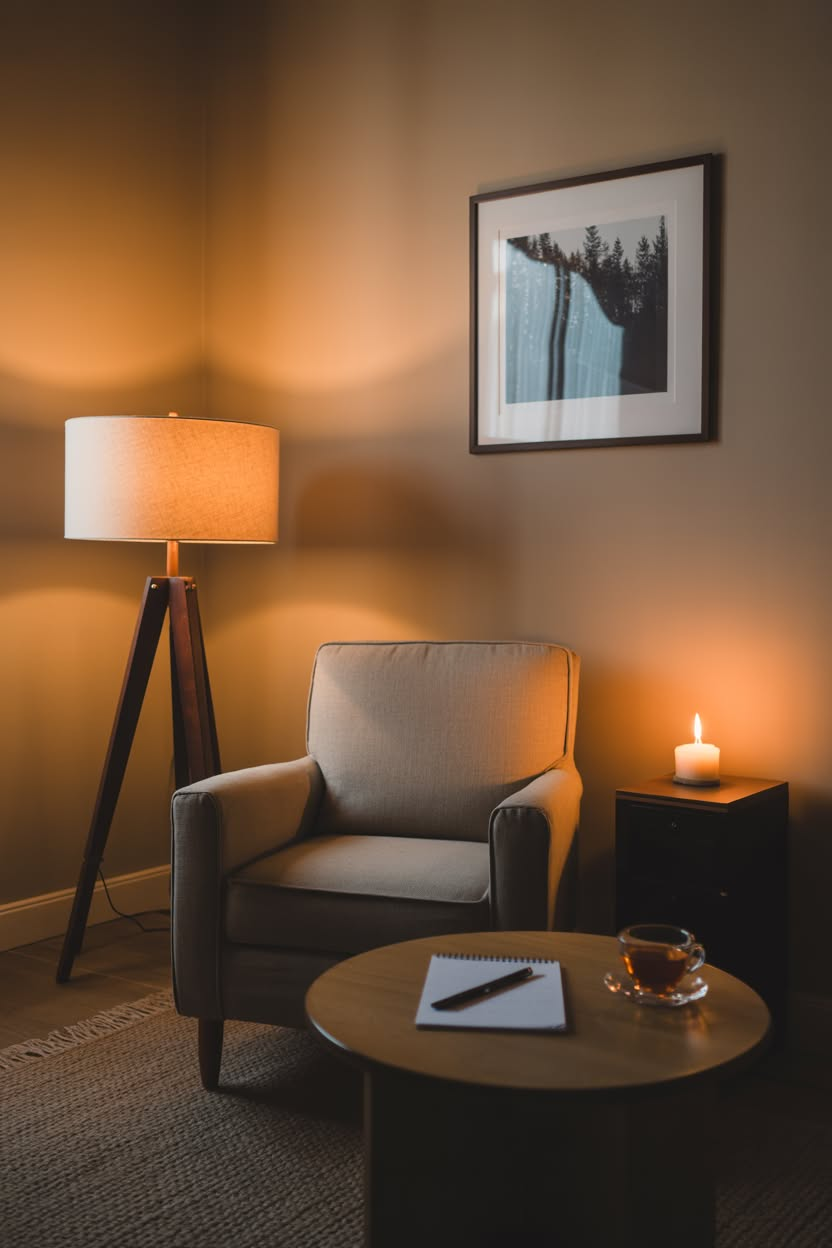
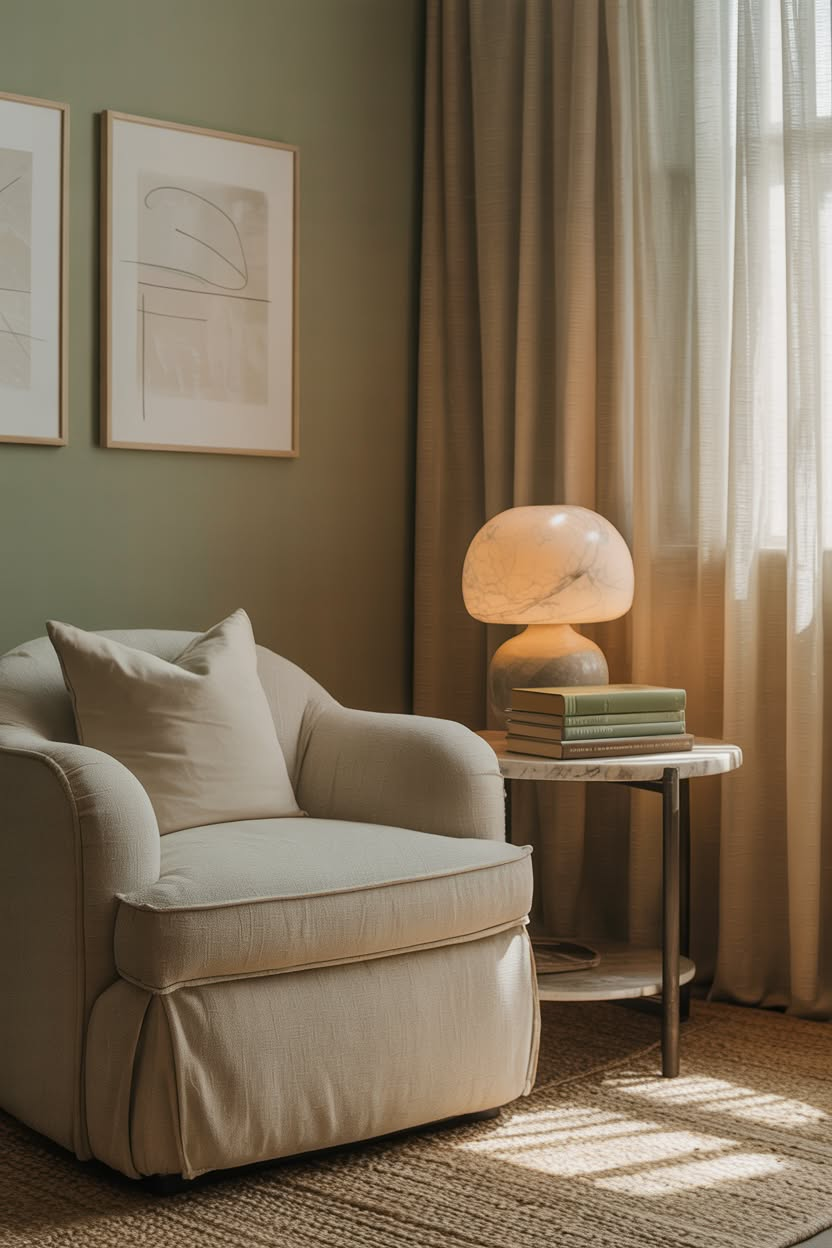
A Living, Breathing Space
Your therapy room is never static—it grows with you and the people you serve. Let it be a living, breathing space that reflects your evolving journey as a healer.
Why this matters:When you allow your space to change and evolve, you invite a sense of possibility and renewal—an energy that can inspire you and your clients alike.
Actionable tips:
Revisit your room every few months. Shift objects, update textiles, and let go of anything that no longer serves.
Let your space mirror the seasons—perhaps lighter colors and fresh flowers in spring, deeper tones and cozy textures in winter.
Trust your instincts. If something doesn’t feel right anymore, it’s okay to shift.
Budget-friendly idea:Small, seasonal changes (like a new throw pillow or a different plant) can refresh your space without major investment.
Small reflection:Your room is part of your story. How might you let it grow with you, becoming an ever-deeper expression of the care you offer?

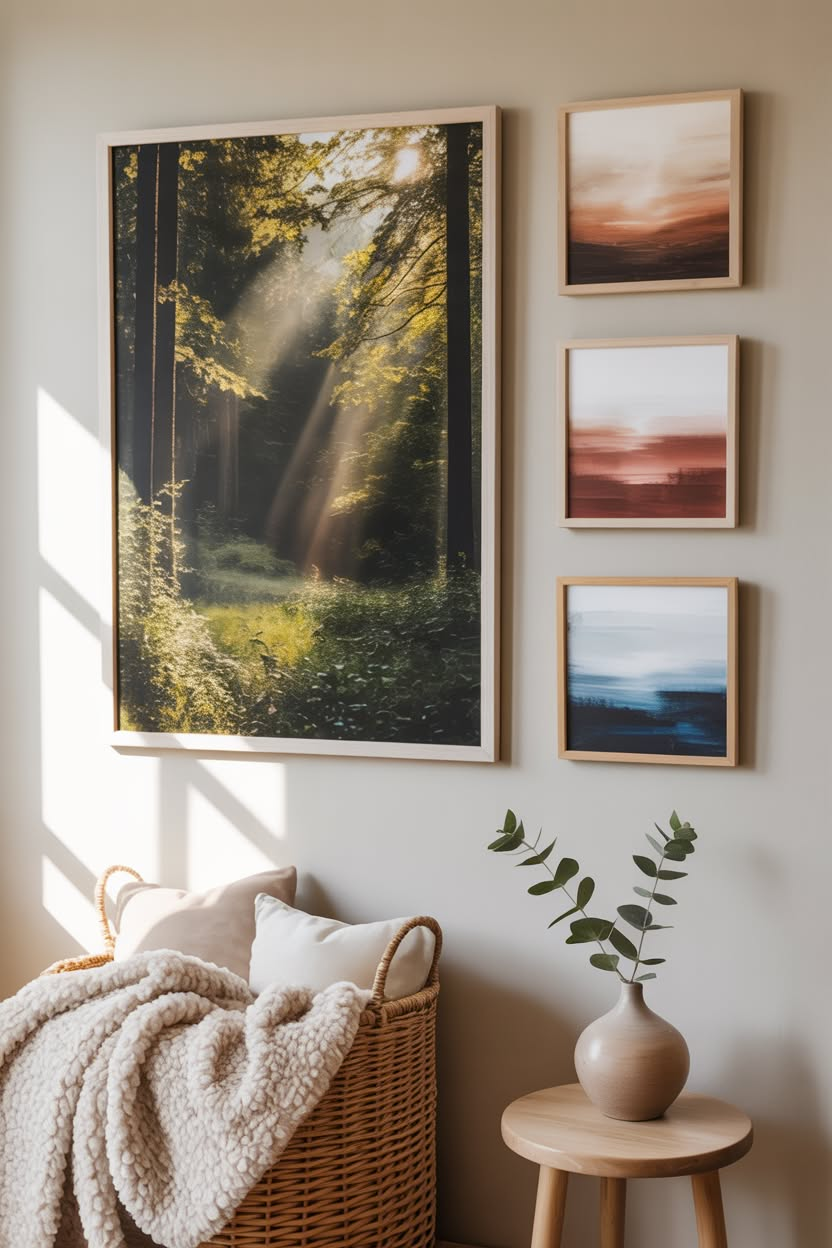
Conclusion: Your Space as a Reflection of Your Heart
Designing your therapy room is an act of love—a way of weaving your mission and your care into every corner. It’s not about perfection or expensive decor. It’s about creating a space that feels like a sanctuary, both for you and for those you guide. Today, take one small step—perhaps a new color, a softer light, or a cozy texture—and watch how it shifts the energy of your space. Let your room be a reflection of your healing spirit—calm, alive, and always open to possibility.

